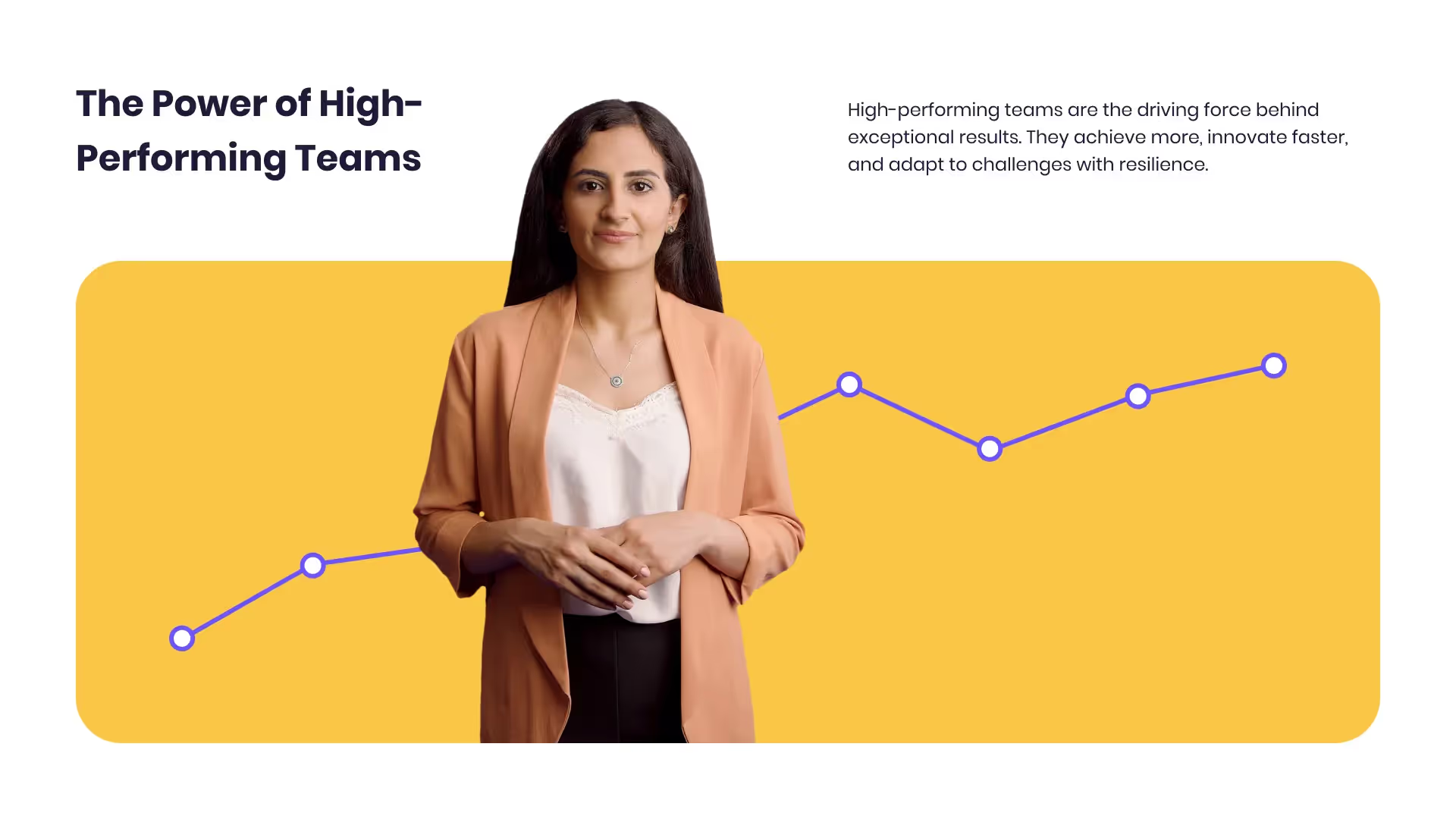Want a personalised avatar?
.avif)
Create an Instant Avatar in under a minute using your phone or camera. Fast, simple, and true to you.

Bring Photos to Life with the Latest AI Picture to Video Generators


AI picture-to-video tools can turn a single photo into a moving clip within minutes. They’re becoming essential for social content, product teasers, concept pitches, and filler b-roll for training videos. But not all generators are equal — they vary widely in quality, speed, rights, and cost. Here’s a clear look at how they work, what’s available today, and how to integrate them with Colossyan to build on-brand, measurable training at scale.
What an AI Picture-to-Video Generator Does
These tools animate still images using simulated camera moves, transitions, and effects, then export them as short clips (typically MP4s, sometimes GIFs). Most let you choose from common aspect ratios like 16:9, 1:1, or 9:16, and resolutions from HD to 4K.
Typical applications range from b-roll and social posts to product promos, animated portraits, and background visuals for training or explainers.
The Latest Tools and What They Offer
EaseMate AI is a flexible entry point — it’s free to use without sign-up, watermark-free for new users, and supports several top engines including Veo, Sora, Runway, Kling, Wan, and PixVerse. You can control ratios, transitions, zooms, and particle effects. It’s a handy sandbox for testing multiple engines side-by-side.
Adobe Firefly (Image to Video) integrates tightly with Premiere Pro and After Effects. It currently supports 1080p output with 4K “coming soon,” and offers intuitive controls for pan, tilt, zoom, and directional sweeps. Its training data is licensed or public domain, giving it clear commercial footing.
On Reddit’s Stable Diffusion community, users often report Veo 3 as the best for overall quality, Kling for resolution (though slower), and Runway for balancing quality and speed. Sora’s paid tier allows unlimited generations, while offline options like WAN 2.2 and Snowpixel appeal to teams with strict privacy rules.
Vidnoz Image-to-Video offers one free generation per day without a watermark and claims commercial use is allowed. With more than 30 animation styles, multiple quality levels, and built-in editing, it’s a fast way to produce vertical or horizontal clips that can double as training visuals.
DeepAI Video Generator handles both text-to-video and image-to-video. Its short clips (4–12 seconds) work well for microlearning. The Pro plan starts at $4.99 per month and includes 25 seconds of standard video before per-second billing kicks in.
ImageMover AI focuses on animated portraits and batch creation. You can upload text, images, or scripts, select templates, and export HD clips with your own audio. Rights claims should be double-checked, but the simplicity makes it ideal for animating headshots for onboarding videos.
Luma AI’s Dream Machine stands out for its 3D-like depth and cinematic transitions. It even offers an API for developers, making it useful for teams looking to automate visuals at scale.
Pixlr Image-to-Video generates HD videos in under a minute and allows free, watermark-free exports up to 4K. Its built-in Brand Kit automatically applies company fonts, colors, and logos, making it great for branded e-learning clips.
What to Expect: Quality, Speed, and Cost
Among the current engines, Veo 3 consistently ranks highest in quality. Kling can push to higher resolutions but takes longer to render. Runway is the most balanced, while Sora and free options like VHEER suit bulk generation but may introduce glitches.
Pricing structures vary widely. EaseMate, Pixlr, and Vidnoz have free or limited tiers; Adobe uses a credit system; and DeepAI bills by the second after an included base.
Most tools are designed for short clips — typically under 12 seconds. Rather than forcing one long render, stack a few short clips for smoother results. Precise prompting makes a big difference: specify camera moves, lighting, and mood to help mid-tier engines produce cleaner motion.
Choosing the Right Tool
When comparing options, check each platform’s maximum resolution, supported aspect ratios, and available camera controls. Confirm watermark and commercial rights policies, especially on free tiers, and verify any “privacy-safe” claims with your legal team. If you need speed or volume, look for platforms that promise results in under a minute or support batch generation.
Integrations can also guide your decision: Firefly links directly with Adobe tools; Luma provides an API for automation. Predictable pricing — whether via credits, daily limits, or per-second billing — is another practical factor for enterprise teams.
Example Prompts for Consistent Results
For cinematic product b-roll, try describing your scene precisely:
“A stainless steel water bottle on a dark wood table, soft studio lighting, shallow depth of field, slow push-in, subtle parallax, 8 seconds, cinematic color grade.”
For animated portraits:
“Professional headshot, gentle head movement and natural eye blinks, soft front lighting, 1:1, 6 seconds.”
For technical explainers:
“Macro photo of a PCB, top-down to angled tilt, blueprint overlay, cool tone, 10 seconds.”
And for social verticals:
“Safety signage poster, bold colors, fast zoom with particle burst, upbeat motion, 9:16, 5 seconds.”
Fast Workflows with Colossyan
Once you’ve generated clips, Colossyan helps turn them into interactive, measurable training.
1. Social teaser to training module:
Create a short 9:16 clip in Pixlr, then import it into Colossyan as an opener. Add Avatars, Voices, and brand elements, followed by an interactive quiz to track engagement.
2. Onboarding role-plays:
Animate expert portraits using ImageMover, then script dialogue in Colossyan’s Conversation Mode. The Doc2Video feature can import handbooks directly, and final outputs are exportable to SCORM for your LMS.
3. Multilingual microlearning:
Build short b-roll loops in DeepAI, combine them with slides in Colossyan, and use Instant Translation for multilingual voiceovers and text. Analytics track completion and quiz scores across regions.
Matching Tools to Enterprise Needs
Use Firefly when you need precise camera motion that aligns with existing footage.
Turn to EaseMate as a testing hub for different engines.
Choose Luma for immersive 3D-style intros.
For quick, branded clips at scale, Pixlr and Vidnoz are efficient budget options.
Avoiding Common Pitfalls
Watch for unexpected watermarks or rights restrictions, especially as free-tier policies change. If a video looks jittery, switch engines or refine your prompt to better define camera motion and lighting. Keep visuals consistent using Brand Kits, and localize content through Colossyan’s Instant Translation to prevent layout shifts when text expands. Finally, make videos interactive — quizzes or branching scenarios help measure learning outcomes instead of passive viewing.
How Colossyan Turns Raw Clips into Scalable Learning
Colossyan isn’t just for assembly — it transforms your visuals into structured, measurable training. You can import documents or slides directly with Doc2Video, apply brand templates, clone executive voices for narration, and add interactions like quizzes. Instant Translation and SCORM export ensure global reach and compliance, while Analytics report engagement and scores. Workspace Management keeps everything organized for teams producing at scale.

Networking and Relationship Building
Use this template to produce videos on best practices for relationship building at work.

Developing high-performing teams
Customize this template with your leadership development training content.

Course Overview template
Create clear and engaging course introductions that help learners understand the purpose, structure, and expected outcomes of your training.
Frequently asked questions





Didn’t find the answer you were looking for?















%20(1).avif)
.webp)

